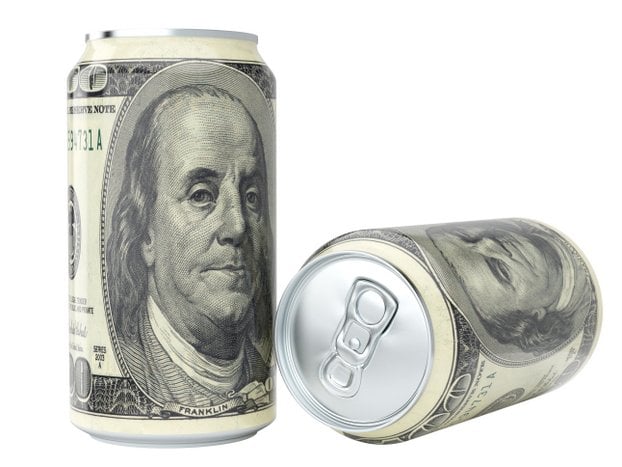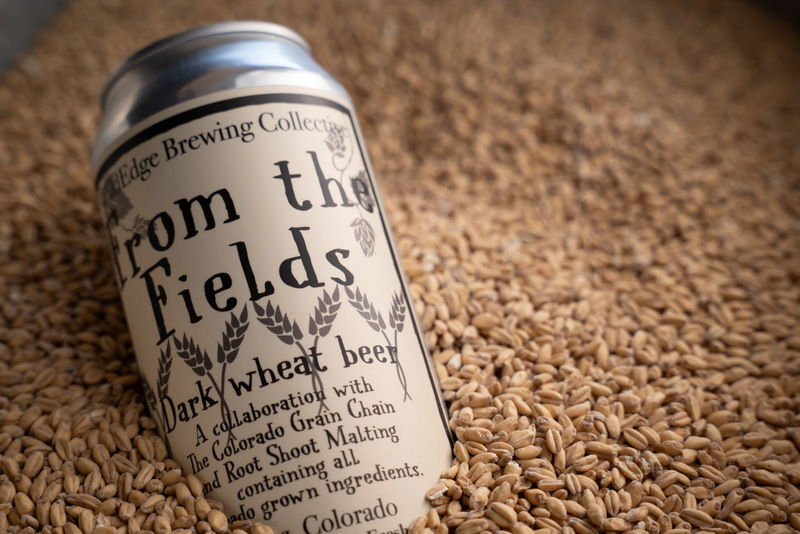 If you don’t know, China is our largest trading partner. In 2016, the total amount of trade back and forth between America and China totaled an estimated $648.2 billion, according to the U.S. government. We exported $169.3 billion of that. China imported about $478.9 billion, which puts our trade deficit with the Red Dragon at about $309.6 billion in 2016. A lot of folks don’t like that number. A lot of folks feel that the Asian economic superpower employs unfair trade practices to get the upper hand, and that’s not untrue.
If you don’t know, China is our largest trading partner. In 2016, the total amount of trade back and forth between America and China totaled an estimated $648.2 billion, according to the U.S. government. We exported $169.3 billion of that. China imported about $478.9 billion, which puts our trade deficit with the Red Dragon at about $309.6 billion in 2016. A lot of folks don’t like that number. A lot of folks feel that the Asian economic superpower employs unfair trade practices to get the upper hand, and that’s not untrue.
Aluminum is a good example. According to a report by the Aluminum Association, U.S. imports of semi-fabricated aluminum products from China grew 183 percent between 2012 through 2015 before leveling off last year. In March of 2017, the Aluminum Association’s Trade Enforcement Working Group even filed anti-dumping and countervailing duty (AD/CVD) petitions against the import of aluminum foil products from China — the first such action in the association’s near 85-year history. At the top of the list of complaints for important aluminum products is the accusation that China employs price fixing, over-supply and environmentally unfriendly manufacturing practices, as coal-reliant Chinese aluminum is the most carbon-intensive in the world.
Now, the Trump administration has its eyes on protecting the American manufacturing industry — specifically against China — and is currently considering import duties on a number of commodities, including aluminum and steel. According to Bloomberg and Molson Coors, those import taxes could jack up can prices.
That’s the view of Tim Weiner, senior commodity risk manager at Molson Coors Brewing Co. and its MillerCoors LLC unit. “If there are duties on aluminum coming to this country, it will obviously get passed on to us and the customer,” he told an industry conference in Chicago Wednesday. “Our prices will go up.”
Yet….
The brewer’s warning juxtaposes the enthusiasm of producer Century Aluminum Co. at the prospect U.S. authorities will take action against unfairly priced imports. Following a World Trade Organization complaint filed by the Obama administration in January, Trump signed an executive memorandum in April initiating an investigation into aluminum imports as part of a push to bring back jobs to America’s rust belt.
Century Aluminum Co. is the second-largest producer of primary aluminum in the United States, after Alcoa. Companies like Century want a level playing field against imports so they too can fight for the business of clients like craft brewers. Demand for lightweight, strong, recyclable aluminum continues to rise — up 40 percent since 2009 according to the Aluminum Association — and U.S. manufacturers feel they should get a fair shot at that demand domestically. Will local aluminum cost more? Yes, but you’d be supporting your neighbor and not some foreign government-run business. It’s the same reason you might choose a neighborhood craft beer over a Heineken import (or even a Heineken-owned domestic).

Just how is China breaking the rules? We turn to the Aluminum Association:
The Trouble with Overcapacity
Over the past decade, Chinese aluminum production has grown at an alarming rate. In 2000, China produced about 11 percent of the world’s primary aluminum – today, it produces more than half. For many years, China absorbed nearly all of this metal domestically but as the economy softened and demand declined, producers did not respond to market signals. Artificial incentives, subsidies and central planning by the Chinese government have driven much of this activity. And this behavior led to China building production facilities even when doing so made little economic or environmental sense.
What’s more, coal-reliant Chinese aluminum is the most carbon-intensive in the world. If Chinese smelters were a standalone country, they would be the 16th highest contributor to global carbon emissions in the world. This during a time when carbon emissions from North American primary aluminum production have declined nearly 40 percent.
This oversupply, paired with Chinese export tax policy, is creating perverse incentives for producers to engage in a number of questionable and possibly illegal trade activities. All of this is driving a dramatic increase of imported Chinese aluminum into the United States. According to Aluminum Association data, U.S. imports of semi-fabricated aluminum products from China grew 183 percent between 2012 through 2015 before leveling off last year.
While Chinese primary aluminum production has continued to grow, U.S. producers are going out of business. Eight U.S. based smelters have either closed or curtailed since 2014 meaning only 2 smelters remain fully operational in the United States today — the lowest level of production since just after World War II. And while overall employment in the U.S. aluminum business is up, employment in the upstream segment has dropped dramatically — from more than 12,000 primary production and alumina refining jobs in 2013 to around 5,000 today — a near 60 percent drop in 3 short years.





Leave a Reply
You must be logged in to post a comment.